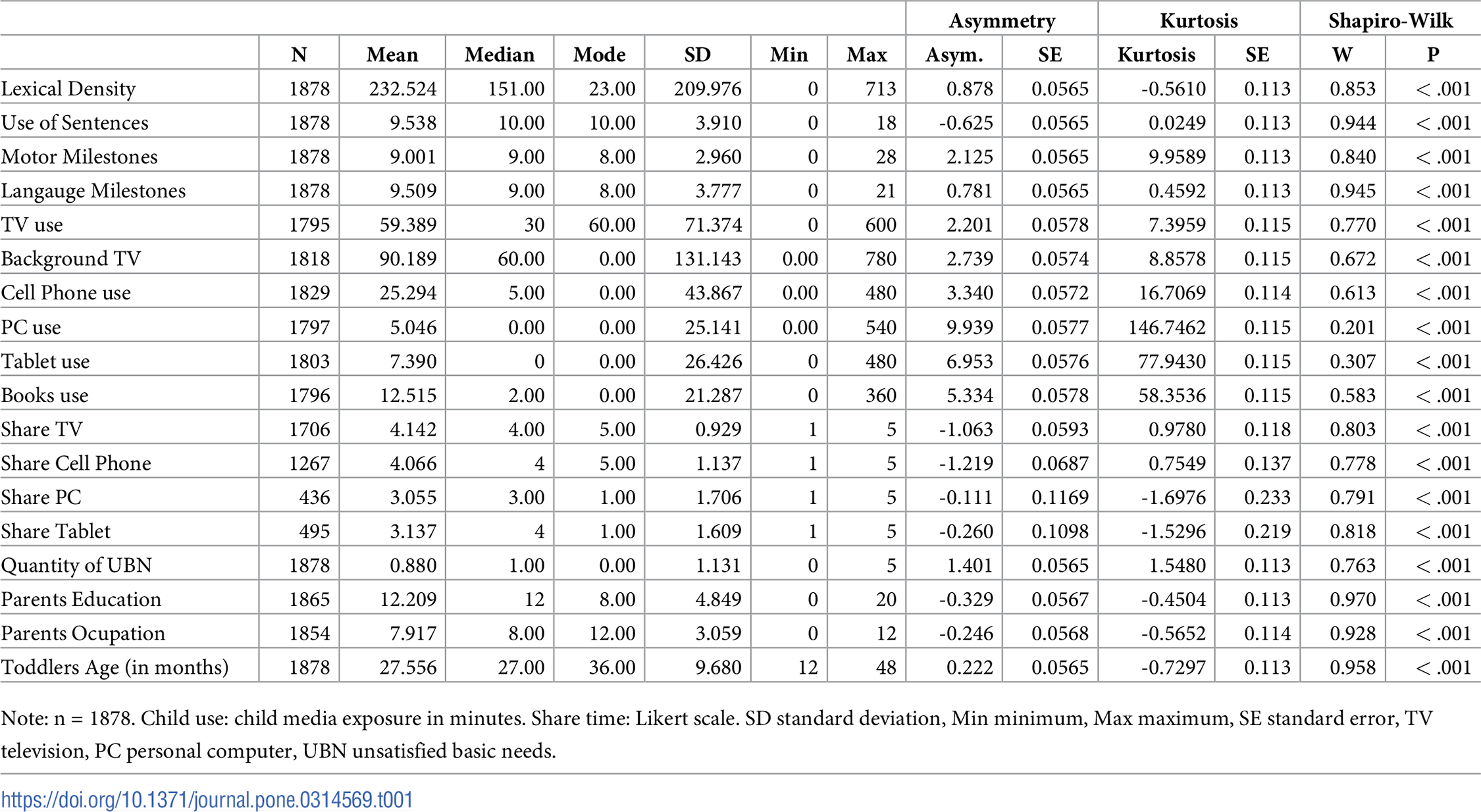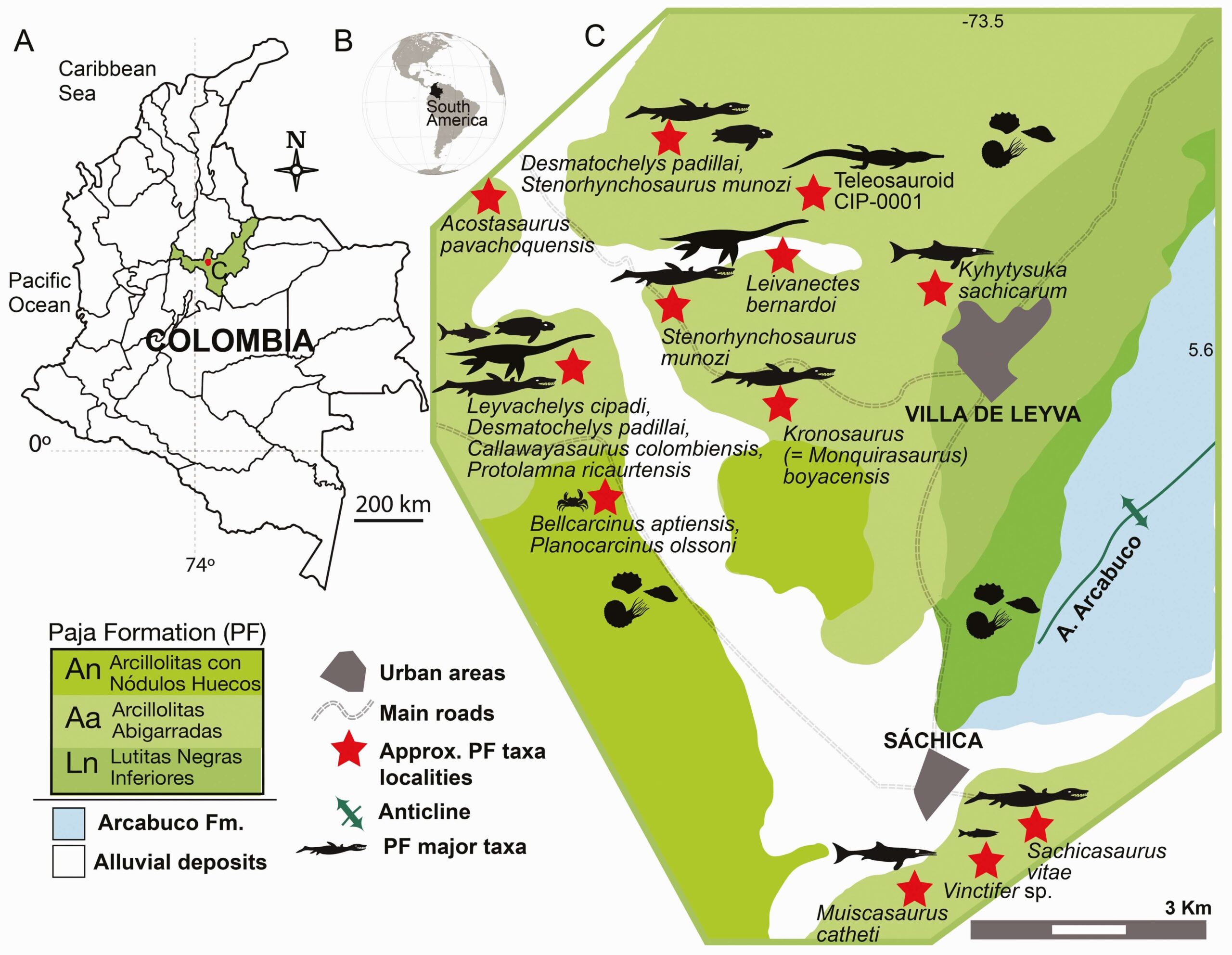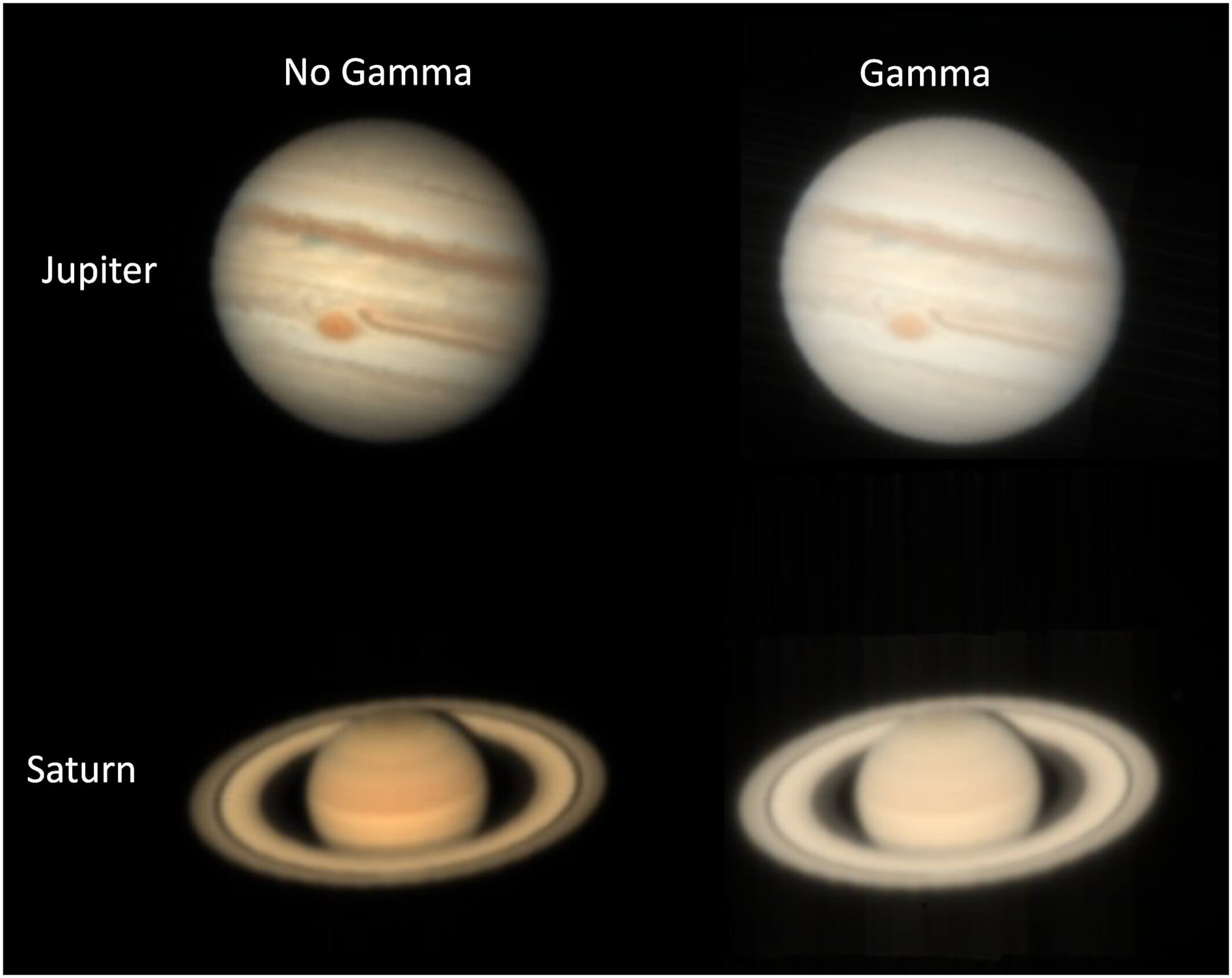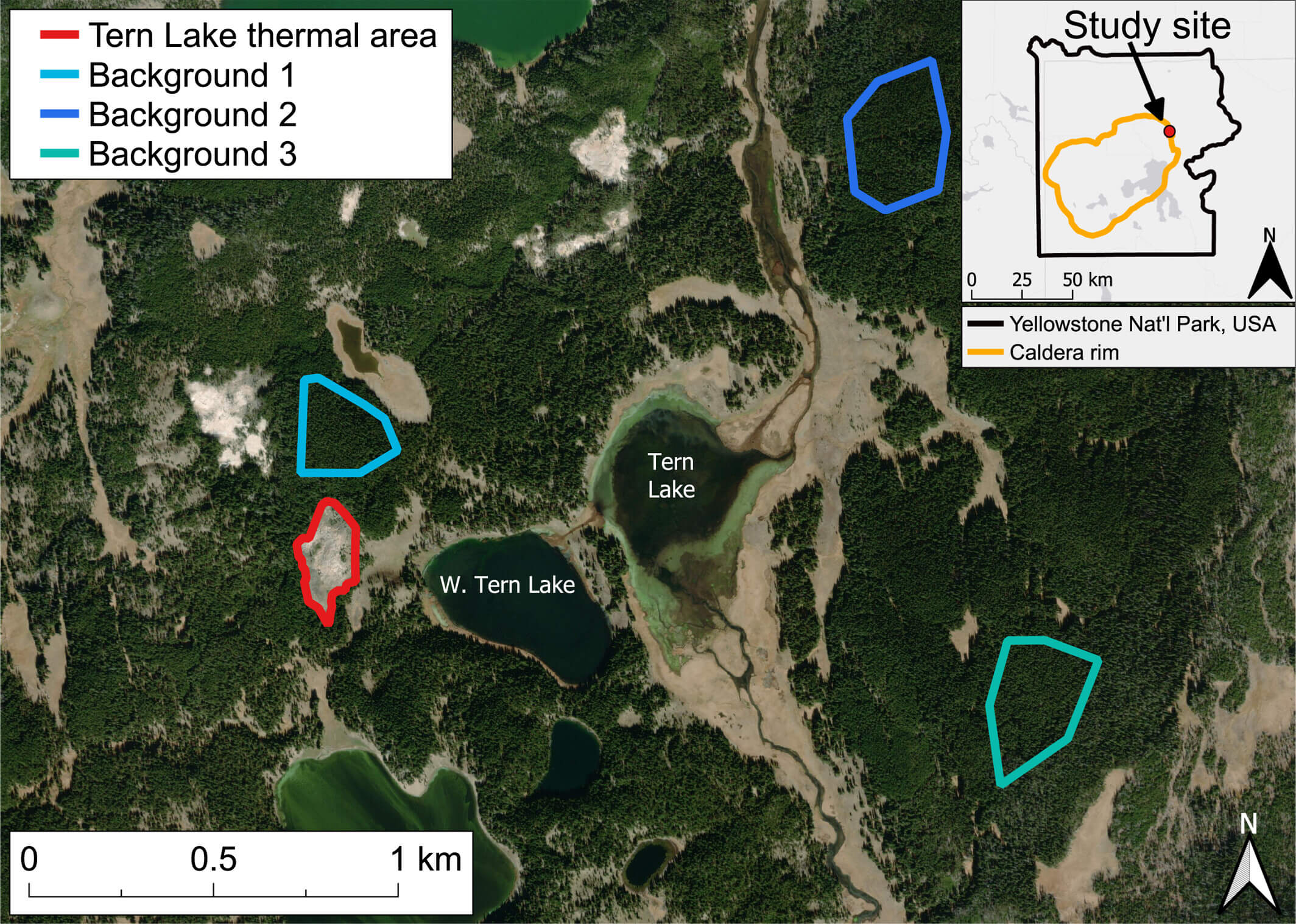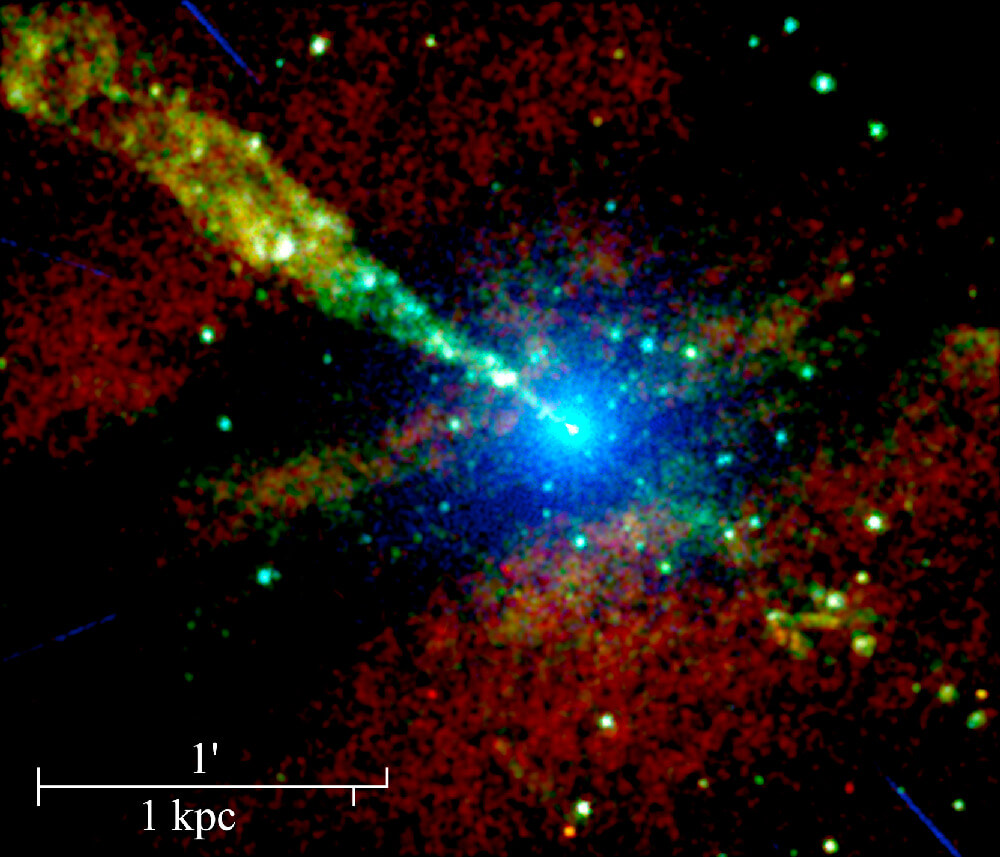
Recent observations of the Centaurus A galaxy’s jet—an impressive stream of energetic particles—have revealed surprising dynamics that defy existing astrophysical models. This revelation is pushing scientists to rethink how they understand cosmic phenomena.
Centaurus A is a prominent radio galaxy, nestled approximately 13 million light-years away in the constellation of Centaurus. It captivates scientists and astronomers alike due to its unique elliptical shape and intriguing jet streams emanating from its supermassive black hole. Jets in such galaxies are streams of charged particles, ejected at nearly the speed of light, forming magnificent, elongated structures extending millions of light-years into space.
The study, published in “The Astrophysical Journal,” employs over two decades of data from the Chandra X-ray Observatory, a telescope renowned for its sharp vision and ability to capture high-energy regions of the universe. The research focuses on the X-ray emissions from the jet of Cen A, revealing not just movement but superluminal motion—a term used when the apparent speed exceeds the speed of light as seen from Earth.
Lead researcher David Bogensberger and his team systematically analyzed the jet’s behavior, particularly the movement of specific regions called “jet knots.” These knots are bright spots within the jet, believed to be areas of intense particle acceleration. The data revealed an astonishing discovery: one particular jet knot, designated as AX4, displayed an apparent superluminal proper motion of 2.67 ± 0.41 times the speed of light.
Such speeds were anticipated only under specific conditions—involving a degree of relativistic effects and the precise alignment of the jet with our line of sight. The measurements indicate that the jet’s inclination is around 41° ± 6°, with the minimum speed of the jet knot AX4 being 0.94 times the speed of light. This marks a stark contradiction with previous estimates that placed the jet’s inclination at a higher angle, and questions the nature of particle acceleration mechanisms in galactic jets.
The findings not only present a challenge to existing models but also dismiss prior assumptions about the behaviors and properties of relativistic jets. Traditionally, astrophysical models assumed a more gradual deceleration of jet speeds with distance from the core. However, the data from Cen A shows a rapid motion that implies a complex interaction of forces not yet fully understood.
One significant implication of this study is the reevaluation of the acceleration zones within the jets. Previous estimates placed these zones much closer to the galactic center. Instead, the superluminal motion observed in Cen A suggests that acceleration may occur over more extensive regions, or involve unique conditions within the jet stream.
The researchers also noted variability in brightness within the jet, suggesting dynamic internal processes and external interactions that affect the jet structure. Such observations further complicate the interpretive models of jet emissions and demand a restructuring of theoretical frameworks.
As astronomers continue to dissect the data and refine their models, the Cen A study stands as a testament to the dynamic nature of our universe. It highlights how little we know about the colossal forces at play and the vast complexity of cosmic phenomena.
Related Posts
Reference
The American Astronomical Society published this research paper.



